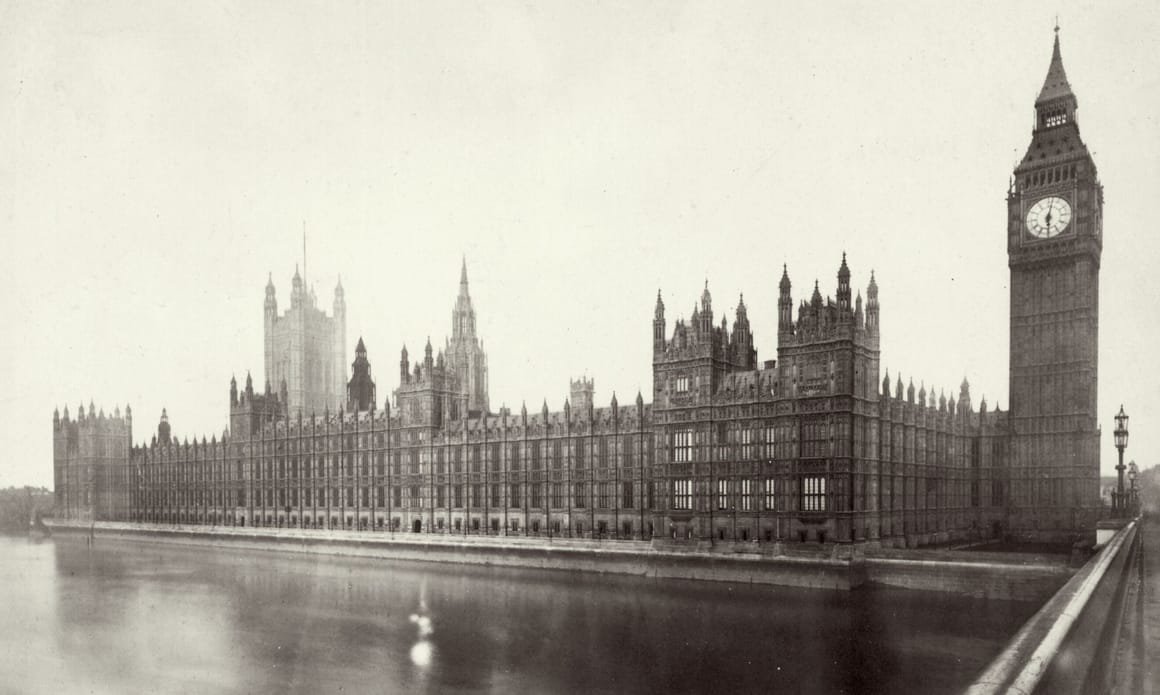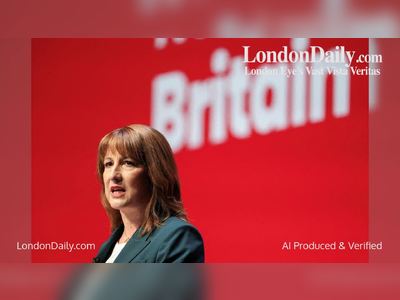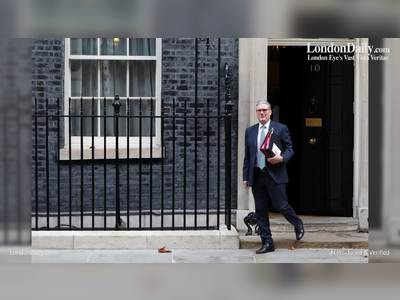
Final Decision on UK Parliament’s Restoration Deferred into 2030s Amid Ongoing Safety Concerns
No definitive plan set for Palace of Westminster overhaul, with key choices pushed back and risks mounting
The decision on how to restore and renew the Palace of Westminster has once again been postponed, with parliamentary authorities indicating that a final settlement will not be achieved until the early 2030s.
The delay prolongs uncertainty over one of the United Kingdom’s most iconic and endangered heritage buildings.
The structure, which houses both the House of Commons and House of Lords, faces escalating deterioration: failing mechanical and electrical systems, crumbling masonry and extensive asbestos.
A parliamentary report highlighted the risk of “a potentially life-threatening incident” unless decisive action is taken.
Three main options remain under consideration: a full decant of both chambers, a partial decant or a rolling programme of work while the building remains occupied.
Cost estimates vary widely — from roughly £7 billion for a decant model to more than £20 billion under a protracted “enhanced maintenance” scenario.
Analysis suggests that, under the longest model, the works could stretch to 30–40 years or longer.
Trade unions, including Unite and GMB, have voiced alarm at the delay, warning that ongoing interim repairs incur multi-million-pound weekly costs and expose staff to unremedied hazards.
They argue the government is deferring critical decisions and increasing risks while expenses mount.
The restoration programme is governed by the Parliamentary Buildings (Restoration and Renewal) Act 2019, which tasked the authorities with delivering a detailed plan including cost, timescale, risk and mitigation information.
Yet the parliamentary body overseeing the scheme recently stated that neither a fully costed business case nor a decided timetable will be in place before the general election and likely beyond the end of the decade.
With the building’s fabric reaching crisis point and funding pressures intensifying, the sustained delay reflects the difficult balance between heritage preservation, taxpayer value and legislative continuity.
Observers caution that further postponement will increase cost, complexity and risk — both to the building and to parliamentary operations.
The delay prolongs uncertainty over one of the United Kingdom’s most iconic and endangered heritage buildings.
The structure, which houses both the House of Commons and House of Lords, faces escalating deterioration: failing mechanical and electrical systems, crumbling masonry and extensive asbestos.
A parliamentary report highlighted the risk of “a potentially life-threatening incident” unless decisive action is taken.
Three main options remain under consideration: a full decant of both chambers, a partial decant or a rolling programme of work while the building remains occupied.
Cost estimates vary widely — from roughly £7 billion for a decant model to more than £20 billion under a protracted “enhanced maintenance” scenario.
Analysis suggests that, under the longest model, the works could stretch to 30–40 years or longer.
Trade unions, including Unite and GMB, have voiced alarm at the delay, warning that ongoing interim repairs incur multi-million-pound weekly costs and expose staff to unremedied hazards.
They argue the government is deferring critical decisions and increasing risks while expenses mount.
The restoration programme is governed by the Parliamentary Buildings (Restoration and Renewal) Act 2019, which tasked the authorities with delivering a detailed plan including cost, timescale, risk and mitigation information.
Yet the parliamentary body overseeing the scheme recently stated that neither a fully costed business case nor a decided timetable will be in place before the general election and likely beyond the end of the decade.
With the building’s fabric reaching crisis point and funding pressures intensifying, the sustained delay reflects the difficult balance between heritage preservation, taxpayer value and legislative continuity.
Observers caution that further postponement will increase cost, complexity and risk — both to the building and to parliamentary operations.










